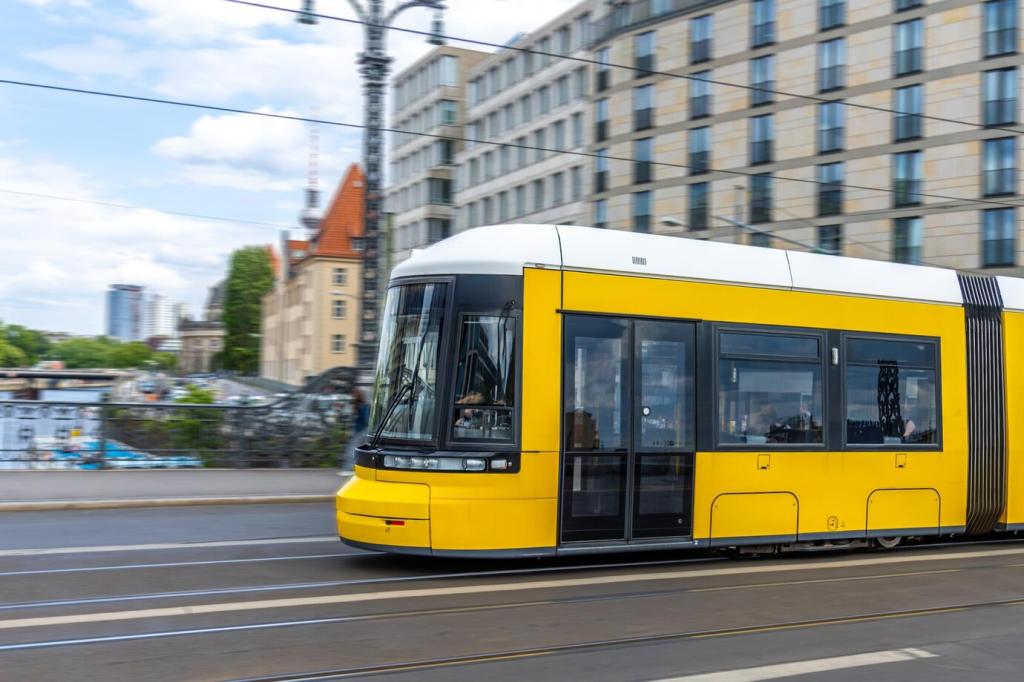
Policy and Regulation for Electric Vehicles: Turning Ambition into Acceleration
Chosen theme: Policy and Regulation for Electric Vehicles. Welcome to a friendly deep dive into the rules, incentives, and standards that turn clean‑transport ideas into everyday reality—and into rides you can count on. Subscribe and add your voice to shape smarter, fairer EV policy.
Why Policy Shapes Every EV Journey
From Niche to Normal
Ten years ago, our city’s transit board piloted five electric buses. Only after a procurement rule required zero‑emission options did the fleet transform. That single policy unlocked grants, charging contracts, and public confidence, proving regulation can shift momentum almost overnight.


Signals That Unlock Investment
Clear rules—like emissions limits, zero‑emission sales targets, and stable incentives—tell manufacturers and utilities to plan for scale. When timelines are transparent and goals firm, charging providers, building owners, and financiers mobilize capital, creating the dependable networks people need to switch.
Point‑of‑Sale vs. Tax‑Time Support
Point‑of‑sale rebates help first‑time EV buyers most, while income‑capped tax credits reward households who qualify after filing. Eligibility criteria—like local assembly or battery material sourcing—shape supply chains too. Tell us which approach helped you decide, and what complexity still blocks neighbors.
Fees, Fairness, and Road Funding
Some regions add EV registration fees or pilot road‑usage charges to replace declining fuel taxes. Well‑designed fees protect maintenance budgets without punishing clean choices. Transparent use of funds and equity exemptions keep public trust. Share your thoughts on the fairest path forward.
Fleet Policy Levers That Move Markets
Corporate tax depreciation, public procurement rules, and urban delivery zones can convert thousands of vehicles at once. When fleets commit, charging follows, prices fall, and used‑EV markets flourish. Are you managing vehicles? Subscribe for policy updates and practical checklists tailored to fleet transitions.


Charging Infrastructure That Works for Everyone
Programs increasingly require high uptime targets—often around ninety‑seven percent—plus transparent reporting and responsive maintenance. Clear warranties, penalties for chronic outages, and accessible support lines build confidence. Tell us where chargers fail you most so we can spotlight fixes that regulators should adopt.
Standards, Safety, and the Grid
Plugs and Protocols That Reduce Friction
Connector standards like CCS and the increasing adoption of NACS matter because certainty simplifies buildout and eliminates adaptor anxiety. In Europe, harmonized connectors streamlined deployment. Share which plug you use and how standardization could save you time on road trips.
Smart Charging, Demand Flexibility, and V2G
Managed charging rewards drivers for shifting to off‑peak hours, easing grid stress and lowering bills. Pilot programs explore vehicle‑to‑grid and vehicle‑to‑home services that provide resilience during outages. Would time‑of‑use rates or simple automation nudge you to charge smarter? Tell us why.
Cybersecurity and Data Protection
Charging sessions generate sensitive location and payment data. Emerging rules push encryption, secure firmware updates, and minimal data retention by default. Clear privacy notices and independent audits build trust. Have you experienced charger spoofing or app breaches? Your stories can strengthen protections.
Global Lessons, Local Wins
Europe’s Coordinated Framework
European packages pair CO2 standards with corridor charging rules and consumer protections, aligning carmakers, utilities, and cities. The result is predictable infrastructure and rising adoption. Which European practices—like standardized payment options—should your region copy? Comment, and we’ll include your picks in a follow‑up brief.
Asia’s Rapid Scale‑Up
China’s new‑energy vehicle credits, urban bus electrification, and domestic manufacturing incentives created massive economies of scale. India supports two‑wheelers, three‑wheelers, and buses to cut urban pollution first. What local segment—delivery vans, scooters, school buses—should policymakers prioritize where you live?
North America’s Patchwork Progress
State and provincial mandates, federal corridor funding, and city charging ordinances combine into a dynamic map. Leadership states set ambitious sales targets while rural areas test pragmatic charging models. Subscribe for regional trackers, and tell us which policy mix best fits your community’s geography.
Equity, Health, and Climate Outcomes
Directing chargers to underserved neighborhoods and electrifying school buses deliver immediate health benefits. Income‑based rebates and financing guard against leaving renters behind. If you live in a charging desert, drop a pin in our community map and help guide equitable placement.
E‑bike and scooter incentives cut traffic, open mobility to more people, and reduce emissions faster for short trips. Safe lanes and secure parking make them practical. Would a modest rebate or employer benefit get you riding? Tell us, and we’ll brief local leaders.
Policy is a living document. Share your charging horror stories, your best‑designed curbside station, or the rebate that finally made numbers work. Subscribe, comment, and invite a friend—we’ll feature your insights in our next policy roundup and action checklist.

